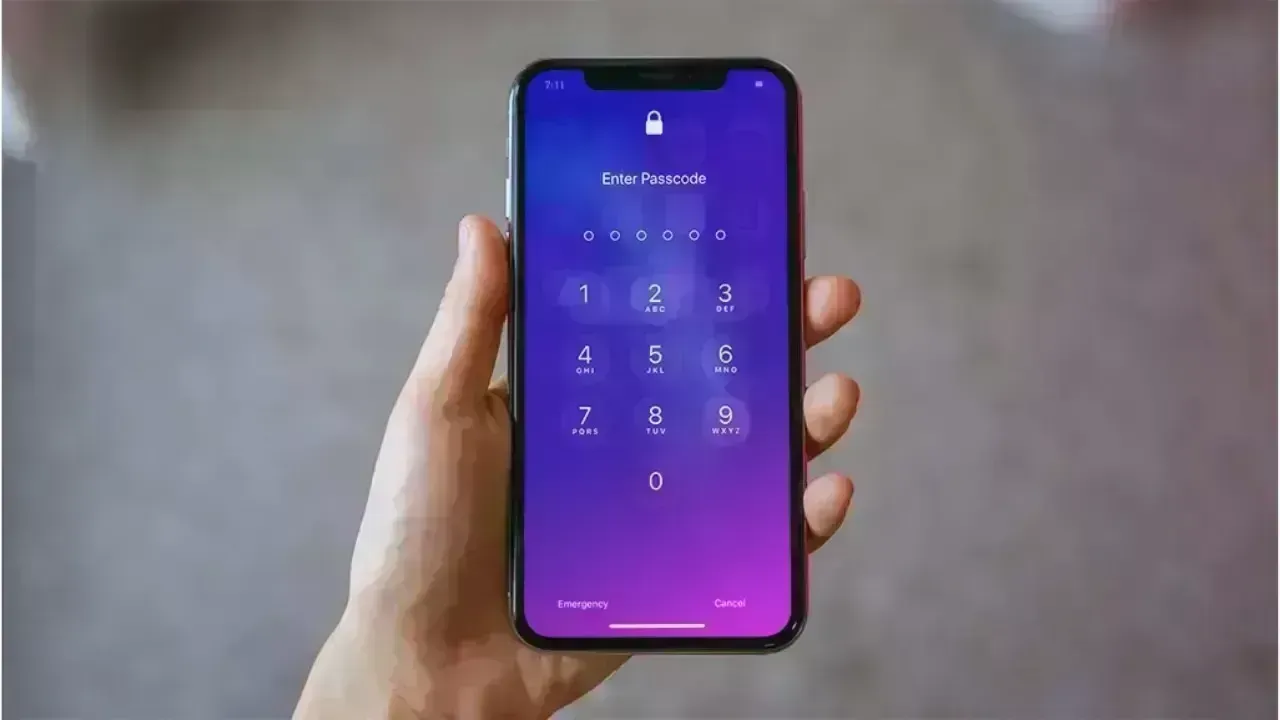
Join 10k+ people to get notified about new posts, news and tips.
Do not worry we don't spam!

Post by : Anis Farhan
Online communities and tech support centers are currently seeing a marked uptick in complaints regarding OLED burn-in on devices like smartphones, TVs, gaming monitors, and wearables. Users are increasingly reporting signs like persistent shadows and uneven color patches on their screens, which do not disappear even after resetting the device.
While burn-in has been a recognized limitation of OLED tech, reports this week show an anomaly in complaint volumes, sparking debates around its cause. Is there a seasonal trend, or is it linked to recent changes in device usage patterns?
Examining both the technology underlying OLED panels and user interactions is essential in understanding this spike in issues, highlighting ongoing challenges both manufacturers and users face.
Screen burn-in occurs when certain areas of a display retain a faint image due to prolonged exposure to static content, causing uneven wear on the pixels. This condition differs from temporary image retention, as it doesn’t easily fade and can worsen over time.
The aging of organic material in OLED displays contributes to this issue, especially when certain pixels are consistently tasked with displaying static images, leading to visible wear and color inconsistencies.
A confluence of circumstances has led to more users reporting burn-in problems. By analyzing user habits amidst environmental and software updates, a clearer picture starts to emerge regarding these complaints.
One significant factor for the uptick is the current high usage of apps featuring long-lasting static design elements.
Many apps currently receiving wide usage include:
finance and stock tracking applications
messaging platforms with vibrant interface features
video applications featuring static pause screens
gaming interfaces with fixed HUDs
navigation tools showing persistent icons
social media apps with bright navigation elements
When these applications are engaged over extended periods, they can create conditions conducive to burn-in due to the static high-contrast features being displayed.
A direct correlation between the increased use of static-content applications and the recent burn-in reports is evident.
Various manufacturers have released updates affecting brightness and screen behavior, including:
increased default brightness settings
less aggressive dimming features
extended screen-on durations
adjustments to color temperature settings
modifications to pixel-shift settings
While intended for enhanced visual quality, these changes might inadvertently heighten the risk of burn-in on OLED screens.
The recent season has seen a surge in:
sports event streaming
holiday-themed programming
gaming marathons
long-duration live broadcasts
static scoreboards and overlays
24/7 news coverage
With static elements remaining on displays for long periods, the risk of burn-in escalates during high-usage situations.
Gamers have voiced some of the most severe burn-in incidents, especially in titles featuring:
mini-maps
health indicators
ammo counters
navigation cues
static scenery
brightness-intensive menus
When these elements hold their positions for extended gaming sessions, the deterioration of OLED panels becomes evident.
Sunny weather has prompted users to opt for higher brightness on their devices, accelerating pixel wear. In devices like smartphones that auto-adjust brightness, certain areas may experience more strain than others.
Devices with always-on displays have seen increased usage during the holidays, as users monitor fitness metrics or keep devices charged overnight.
These displays, while designed to prevent burn-in, still face risks due to prolonged use.
Idle screens can significantly harm OLED devices. Recently, users have been leaving:
frozen video screens
static browser tabs
paused games
frozen broadcasts on TVs
Each idle moment raises the chance of pixel damage.
Without unusual usage, OLED devices are beginning to show typical wear as they age. Devices older than two years are prone to accelerated pixel aging, with many releases now crossing that threshold.
Manufacturers seldom discuss the durability of OLED screens, but natural wear is inevitable.
Symptoms of burn-in vary between devices but commonly include:
faint outlines of icons
visible keyboard outlines
uneven brightness
colored patches (like pink or green)
persistent image retention
For televisions, logo burn typically appears in the corners, while smartphones often show early signs on the navigation bar.
Though OLED displays excel in picture quality, individual pixel control also renders them more susceptible to issues compared to LED or LCD screens.
Pixels degrade due to:
high brightness levels
statically held images
prolonged display times
This week's complaints have led several users to service centers, often finding that burn-in is not covered under warranty policies, typically classified as:
“wear and tear”
“user-induced behavior”
This can leave consumers feeling frustrated, particularly since burn-in remains unpredictable.
Adopting several practices can significantly lower the risk of burn-in:
Keeping brightness settings low can help prolong the screen's life.
Make use of built-in features designed to alleviate static stress on the screen.
Switch applications and avoid prolonged pauses on screens.
Utilizing dark themes can significantly reduce pixel activity and improve display longevity.
Disable this feature overnight to minimize wear.
Reduce screen brightness in bright environments when feasible.
Vary channels or employ screensavers to reduce static displays.
Using animated screensavers can alleviate pixel stress.
Opt for games that allow customizable HUDs to minimize static exposure.
Utilize gesture-based navigation where possible to eliminate static bars.
User behavior significantly impacts burn-in risk; however, manufacturers can fortify panel durability.
Developed algorithms can help balance pixel wear more effectively.
Implementing better thermal management can minimize degradation.
Ongoing research is critical for developing better materials.
Consumers need clear information on the expected lifespan of OLED technology.
Coverage could help mitigate user frustration associated with unexpected burn-in.
Emerging display technologies aim to reduce burn-in vulnerabilities, offering enhancements without compromising on quality.
Mini-LED technology improves brightness without using organic components, while MicroLED replicates OLED-like quality without the degradation issues.
The recent spike in OLED burn-in complaints underscores a convergence of factors including usage patterns, device updates, and age of devices. While OLED technology provides excellent visuals, its inherent structure makes it vulnerable to deterioration, particularly from static content and prolonged high brightness. Understanding and managing the causes of burn-in is crucial for users wanting to maintain the longevity of their OLED devices.
The insights shared in this article reflect ongoing trends regarding OLED displays, with performance liable to differ based on individual device specifics, usage habits, and manufacturer guidelines. Users facing significant challenges are advised to consult authorized support services.










Taijul Islam Shatters Bangladesh’s Test Wicket Record
Taijul Islam sets a new record for Bangladesh with 248 Test wickets, overtaking Shakib Al Hasan duri

Bavuma Achieves 1,000 Test Runs as South Africa's Captain
Temba Bavuma becomes the second-fastest South African captain to score 1,000 Test runs during the on

Lakshya Sen Triumphs Over Chou Tien Chen in Australian Open Semifinal
Lakshya Sen defeats world No. 6 Chou Tien Chen in a thrilling semifinal, advancing to the Australian

FIFA Enforces Six-Month Suspension on Panama's Manuel Arias Ahead of 2026 World Cup
FIFA bans Manuel Arias from all football activities for six months due to previous ethics violations

France to Compete Against Brazil and Colombia in Pre-World Cup Friendlies
France will face Brazil and Colombia in friendly matches in March 2026 as part of their World Cup pr

Travis Head's Century Leads Australia to Victory in First Ashes Test
Travis Head's explosive 123 drives Australia to an eight-wicket victory over England in the Ashes op